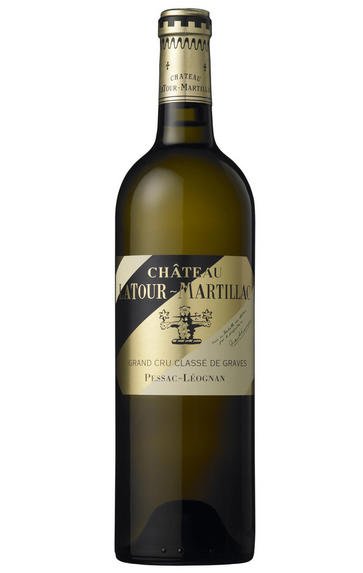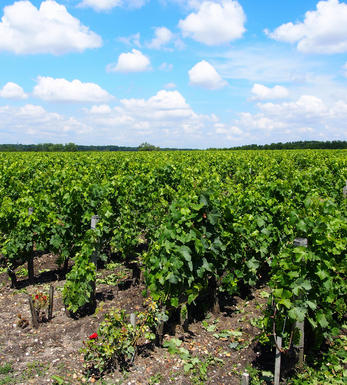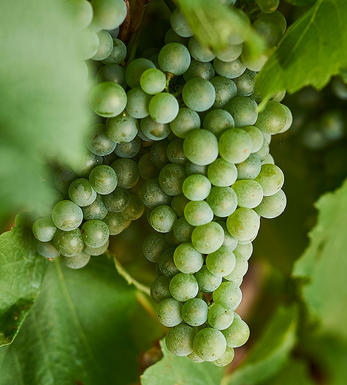
2012 Château Latour-Martillac Blanc, Pessac-Léognan, Bordeaux

Critics reviews
Neal Martin - 28/10/2016
About this WINE

Chateau Latour-Martillac
La Tour Martillac has been owned and managed by the Kressmann family since the late 19th century and now under the stewardship of Tristan and Loïc Kressmann.
The tower that gives its name to this estate is all that remains of the 12th century fortification. The reds are typically a blend of Cabernet Sauvignon (59%), Merlot (35%) and Malbec (6%). The whites are produced from Semillon (60%), Sauvignon Blanc (35%) and Muscasdelle (5%)
The wines have continued to improve in quality with the aid of some top Bordeaux consultants. Famously the gold and black label dates back to 1929, designed specifically for a bottle served in 1936 for the coronation of George Vl.

Pessac-Leognan
In 1986 a new communal district was created within Graves, in Bordeaux, based on the districts of Pessac and Léognan, the first of which lies within the suburbs of the city. Essentially this came about through pressure from Pessac-Léognan vignerons, who wished to disassociate themselves from growers with predominately sandy soils further south in Graves.
Pessac-Léognan has the best soils of the region, very similar to those of the Médoc, although the depth of gravel is more variable, and contains all the classed growths of the region. Some of its great names, including Ch. Haut-Brion, even sit serenely and resolutely in Bordeaux's southern urban sprawl.
The climate is milder than to the north of the city and the harvest can occur up to two weeks earlier. This gives the best wines a heady, rich and almost savoury character, laced with notes of tobacco, spice and leather. Further south, the soil is sandier with more clay, and the wines are lighter, fruity and suitable for earlier drinking.
Recommended Châteaux: Ch. Haut-Brion, Ch. la Mission Haut-Brion, Ch. Pape Clément, Ch Haut-Bailly, Domaine de Chevalier, Ch. Larrivet-Haut-Brion, Ch. Carmes Haut-Brion, Ch. La Garde, Villa Bel-Air.

Sauvignon Blanc & Sémillon
The blend used for White Graves and Sauternes and rarely encountered outside France. In the great dry whites of Graves, Sauvignon Blanc tends to predominate in the blend, although properties such as Smith Haut Lafite use 100% Sauvignon Blanc while others such as Laville Haut Brion have as much as 60% Sémillon in their final blends. Sauvignon Blanc wines can lose their freshness and fruit after a couple of years in bottle - if blended with Sémillon, then the latter bolsters the wine when the initial fruit from the Sauvignon fades. Ultimately Sauvignon Blanc gives the wine its aroma and raciness while Sémillon gives it backbone and longevity.
In Sauternes, Sémillon is dominant, with Sauvignon Blanc playing a supporting role - it is generally harvested about 10 days before Sémillon and the botrytis concentrates its sweetness and dampens Sauvignon Blanc`s naturally pungent aroma. It contributes acidity, zip and freshness to Sauternes and is an important component of the blend.


Buying options
Add to wishlist
Description
This wine is a bin-end, discounted by 15%. Excludes BBX stock.
Great efforts are being made at this property and it is really showing in their wines. The balance of 70% Sauvignon Blanc & 30% Semillon brings a softness and grace to the palate which is framed by a deft, measured touch of wood. This is no sluggish, docile White Bordeaux mind, there is distinct freshness and drive through the mid-palate. Distinctly open knit and accessible at this relatively early stage there is much promise. Drink 2014-2020, this offers considerable value.
Gary Owen, Private Account Manager
wine at a glance
Delivery and quality guarantee